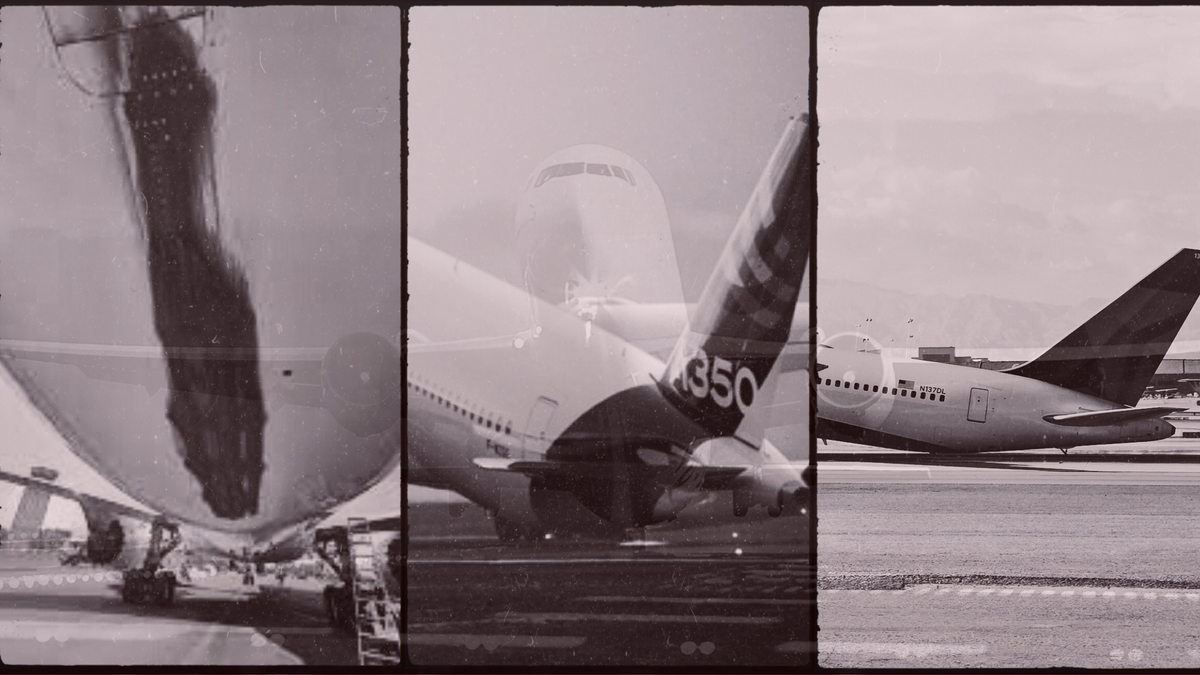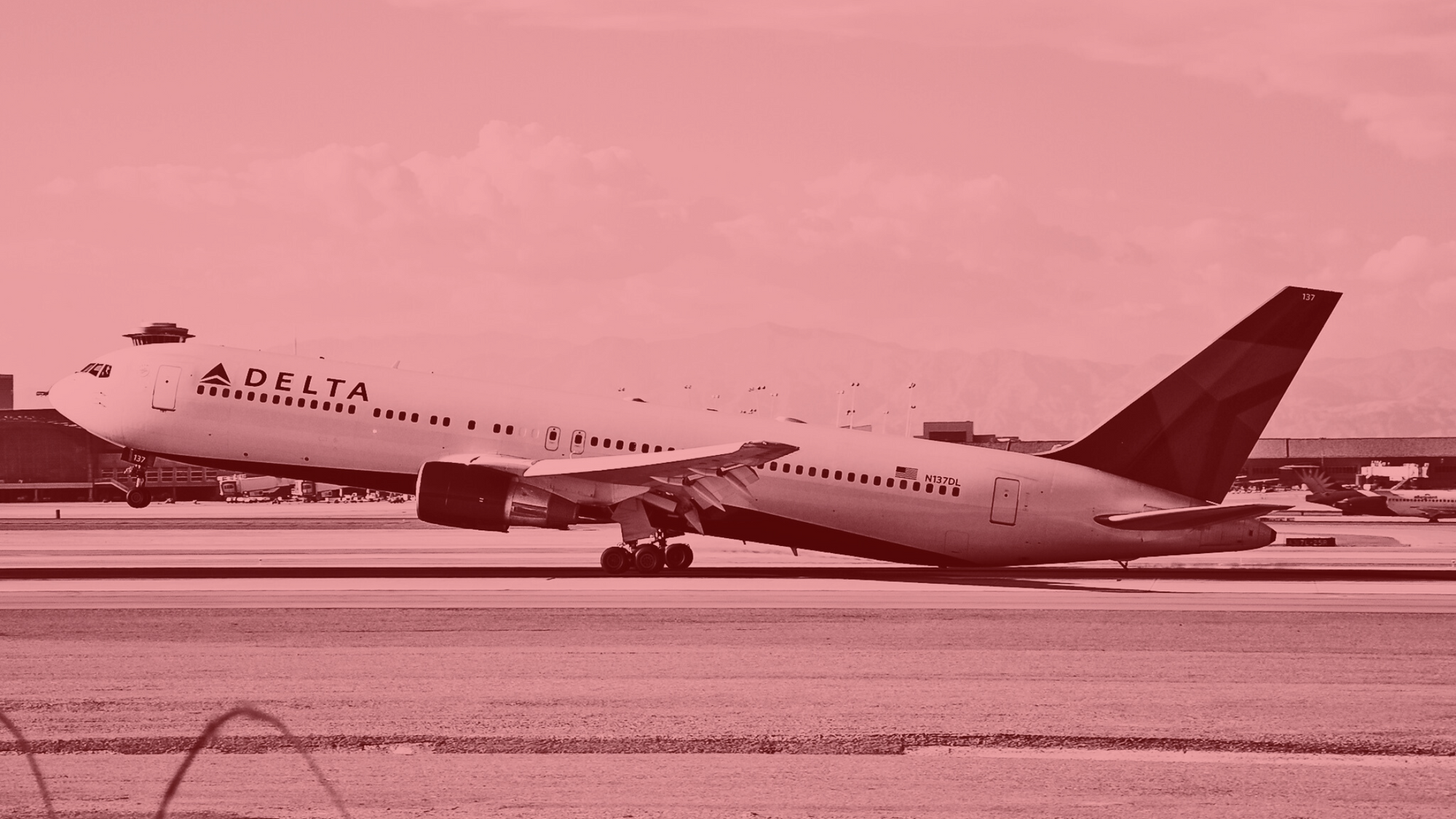Avoiding the Tail Strike: Understanding and Preventing a Serious Aviation Hazard!

In the bustling world of aviation, safety is paramount. One of the critical concerns for pilots and airlines alike is the risk of a tail strike. This hazardous event occurs when the tail section of an aircraft inadvertently contacts the runway during takeoff or landing. In this blog, we will together try to understand causes, consequences, and prevention measures related to aviation tail strikes.
A recent incident inspired out team to take up this blog for Aviation proffesionals and enthusiasts(here).
Understanding the Tail Strike Phenomenon

A tail strike can occur during two critical phases of flight: takeoff and landing. During takeoff, if the pilot pulls the nose up too sharply, the tail may inadvertently hit the runway, potentially leading to significant damage to the aircraft. Similarly, during landing, a late or aggressive flare (nose-up maneuver) can cause the tail to scrape the runway, endangering the safety of passengers and crew.
Causes of Tail Strikes

Several factors can contribute to a tail strike incident
- Incorrect Pitch Control: Improper handling of the control column during takeoff or landing can lead to an excessive nose-up or nose-down attitude, causing the tail to strike the runway.
- Weight and Balance Issues: Incorrect calculations of the aircraft's weight and balance distribution can affect its stability during takeoff and landing, potentially leading to a tail strike.
- Windshear: Sudden changes in wind speed and direction, particularly during takeoff or landing, can catch pilots off guard, resulting in abrupt control inputs that may cause a tail strike.
- Runway Length: On shorter runways, pilots may have limited space to achieve the necessary rotation angles during takeoff, increasing the risk of a tail strike.
"A tailstrike is a wake-up call for pilots, reminding us to respect the power and precision of flight."
Consequences of Tail Strikes
Tail strikes can have severe consequences, both for the aircraft and its occupants:
- Structural Damage: The impact of the tail hitting the runway can cause significant damage to the tail section, elevators, rudder, and other flight control surfaces. This damage may compromise the aircraft's integrity, necessitating extensive repairs.
- Flight Safety Risks: Tail strikes can affect the aircraft's controllability and flight stability, posing safety risks during subsequent phases of flight.
- Operational Disruptions: After a tail strike incident, the aircraft must undergo thorough inspection and, if necessary, repairs. This can lead to flight delays and cancellations, inconveniencing passengers and impacting airline operations.
Prevention of Tail Strike
To prevent tail strike incidents in commercial aviation, a combination of pilot training, operational procedures, and technological advancements is essential. Here are some key preventive measures:
Pilot Training and Awareness
- Pilots should receive comprehensive training on takeoff and landing procedures, with a specific focus on preventing tail strikes.
- Emphasize the importance of smooth and gradual control inputs during rotation (takeoff) and flare (landing) to avoid abrupt pitch movements.
- Conduct recurrent training to reinforce best practices and ensure pilots are up-to-date with the latest safety procedures.
Weight and Balance Management
- Ensure accurate weight and balance calculations are performed before each flight to maintain proper center of gravity and aircraft stability during takeoff and landing.
- Use digital tools and advanced software for weight and balance calculations to reduce the risk of errors.
Weather Awareness
- Pilots should be aware of current weather conditions, especially crosswind components, during takeoff and landing.
- Airlines should provide comprehensive weather briefings to flight crews and incorporate crosswind limits into their operating procedures.
Enhanced Aircraft Systems
- Modern commercial aircraft are equipped with advanced systems that provide warnings and protections to prevent tail strikes.
- Utilize technologies like Enhanced Ground Proximity Warning System (EGPWS) and Flight Control Computers to enhance safety during critical phases of flight.
Flight Data Monitoring
- Implement a flight data monitoring program to analyze data from flights, including pitch angles during takeoff and landing, to identify trends and potential safety concerns.
- Use this data to develop targeted training programs and identify areas for improvement.
Standard Operating Procedures (SOPs)
- Review and update SOPs to include clear guidelines for takeoff and landing techniques, emphasizing techniques to avoid tail strikes.
- Ensure all pilots are familiar with the latest SOPs through recurrent training and proficiency checks.
Safety Culture and Reporting
- Promote a safety culture within the organization that encourages reporting of near-miss incidents or potential safety concerns.
- Analyze and investigate reported incidents to identify underlying causes and implement corrective actions.
Continuous Improvement
- Regularly review safety practices and incorporate lessons learned from tail strike incidents or other safety-related occurrences.
- Collaborate with industry organizations and regulatory authorities to stay up-to-date with the latest safety recommendations and best practices.
By combining these preventive measures and fostering a culture of safety, the aviation industry can significantly reduce the risk of tail strike incidents and continue to ensure the safety of passengers and crew during takeoff and landing operations.
"The true art of flying lies in balancing finesse and precision, avoiding the dangerous dance of the tailstrike."
Some Hypothetical Case Studies For Better Understanding
Case Study 1: Tail Strike Incident at a Major Airport
Date: May 15, 2023
Location: International Airport
Description: A commercial airliner, a Boeing 737, was departing from a major international airport for a long-haul flight. During takeoff, the aircraft experienced a tail strike incident. The pilots had initiated a normal rotation maneuver, but due to a combination of strong crosswinds and a slight miscalculation of the rotation angle, the tail section of the aircraft made contact with the runway.
Consequences: As a result of the tail strike, the aircraft suffered damage to its tail skid, rudder, and elevator surfaces. Thankfully, the pilots were able to abort the takeoff safely and bring the aircraft to a stop on the runway. There were no injuries to passengers or crew, but the incident caused significant delays and disruptions to the airport's operations.
Investigation and Preventive Measures: An investigation by the aviation authorities revealed that the crosswind component during takeoff was higher than what the pilots were briefed on. Additionally, a slight deviation from the recommended rotation angle contributed to the tail strike. The airline implemented the following preventive measures:
- Improved Crosswind Awareness: The airline provided additional training to its flight crews on crosswind takeoff procedures and the importance of staying vigilant about current weather conditions.
- Enhanced Weight and Balance Procedures: The airline reinforced the importance of accurate weight and balance calculations before each flight to ensure proper center of gravity and stability during takeoff.
- Tail Strike Awareness Training: Pilots received specialized training on recognizing and preventing tail strikes, including the appropriate use of flight control inputs during critical phases of flight.
Case Study 2: Tail Strike Incident at a Regional Airport
Date: September 10, 2022
Location: Regional Airport
Description: A regional aircraft, an Embraer E175, was landing at a smaller regional airport after a short-haul flight. During the landing flare, the pilot inadvertently pitched the aircraft up too aggressively, resulting in a tail strike as the rear section made contact with the runway.
Consequences: The tail strike caused damage to the tail skid and the aircraft's elevators. Fortunately, the aircraft was able to complete its landing safely, and there were no injuries reported among the passengers and crew. However, the airport had to temporarily close the runway for inspection and repairs, leading to flight diversions and delays.
Investigation and Preventive Measures: A thorough investigation determined that the pilot's excessive pitch input during the landing flare was the primary cause of the tail strike. The airline and the regulatory authorities took the following steps to prevent similar incidents in the future:
- Pilot Training on Landing Techniques: The airline introduced additional training sessions for its pilots, focusing on proper landing techniques, including the importance of smooth and gradual flare adjustments to avoid tail strikes.
- Flight Data Monitoring: The airline implemented a flight data monitoring program to analyze flight data parameters, including pitch angles during landing, to identify any trends or potential safety concerns.
- Standard Operating Procedure Review: The airline reviewed and updated its standard operating procedures (SOPs) for landing and conducted recurrent training to ensure all pilots were familiar with the latest best practices.
Tail strike incidents are serious safety concerns in commercial aviation. Both airlines and regulatory authorities continuously work to enhance safety protocols, improve training, and implement advanced technologies to prevent tail strikes.
By learning from real case studies and implementing effective preventive measures, the aviation industry aims to ensure the safety of passengers, crew, and aircraft during takeoff and landing operations.
"The best pilots know that a tailstrike isn't just a technicality—it's a lesson in humility and continuous improvement."
A Video We Liked On YouTube
Some Useful Website Links on Tail-Strikes
Some Flip-books From Useful Websites on Tail-Strikes
Disclaimer: The flipbooks shared below have been converted from directly downloadable PDFs from different sources without altering any content. For more information and queries regarding the content of the same, you can directly contact the respective websites and sources, as most of them provide all the contact information. Our purpose is merely to assist our readers in obtaining a single, comprehensive overview of all relevant content on the topic after reading the blog.
"Tailstrikes teach us that flying is more than just following procedures; it's about understanding the soul of an aircraft and knowing when to let it soar."
We hope you enjoyed flying into the fascinating world of aviation tailstrikes with us. From understanding the causes and consequences of these incidents to exploring preventive measures, we've journeyed through vital insights into ensuring safer skies for all.
At AviationX, our mission is to bring you informative and engaging content that sparks your passion for aviation. We promise to continue providing you with more captivating blogs in the future, covering a wide range of aviation topics, safety practices, and technological advancements that shape the skies of tomorrow.
To stay updated with our latest articles and gain access to exclusive content, consider subscribing to our newsletter. Subscribers will enjoy early access to new blogs, premium insights, and valuable resources curated for aviation enthusiasts, professionals, and everyone with a love for flight.
As we soar ahead, we invite you to be a part of our aviation community. Your support and feedback inspire us to take flight on new adventures in the vast skies of knowledge and discovery.
Fly high with us, and together, let's make aviation a truly captivating journey!
Tailstrikes are a critical safety concern in the aviation industry, reminding us of the importance of skill, precision, and continuous improvement in every flight.
By learning from real-life incidents and implementing preventive measures, we can ensure safer takeoffs and landings, and a brighter future for air travel.
Whether you're a seasoned aviator, an aviation enthusiast, or simply curious about the world above, our blog aims to provide you with valuable insights and captivating stories from the realm of aviation.
Stay connected with us for more thrilling journeys into the skies, and don't forget to subscribe to our newsletter to be a part of the adventure!
Thank you for being a part of our aviation community. Together, let's embrace the wonder of flight and soar to new heights of knowledge and exploration. Until next time, blue skies and safe landings!
Generate with love, support & assistance of AI